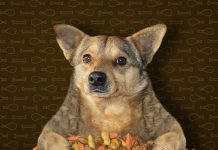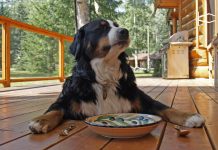Tips for Choosing the Right Kind of Product
Other than ease of access, there’re some things that you need to pay attention to when shopping for the best raw dog food. Always pick a renowned brand, check the specifications on the cover, and consider the following:
Usability
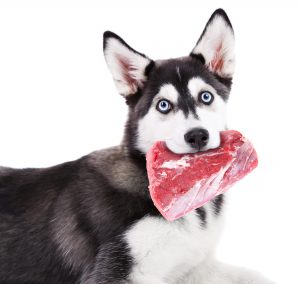 Raw food that demands less prep time is ideal if you do not wish to deal with meats over an extended duration. Pick ready-to-eat kibble over food that necessitates mixing to spare yourself from lengthy preparations.
Raw food that demands less prep time is ideal if you do not wish to deal with meats over an extended duration. Pick ready-to-eat kibble over food that necessitates mixing to spare yourself from lengthy preparations.
Handling and Storage
Administering raw meat to your mutt is quite a risk all the time. Therefore, the least you can do is to purchase food that has been appropriately handled when in transit, especially if it is frozen raw food.
Affordability
Raw foods for dogs are not that reasonably priced. As such, it makes sense to acquaint your mutt with this dish if you can afford it in the long-term. And remember, do not compromise on the standard to save a buck. It’s advisable to go with a reasonably priced option, e.g., a treat instead of whole nourishment.
Enjoyability
You want your picky dog to eat. So, ensure that you settle on a brand that similar dogs enjoy. Check customer assessments to see what others say about how their mutts received a specific raw food.
Zero-grain
Check if the raw food has corn, rice, soy, or any other seeds. If you wish for the same or do not, just be certain to purchase the right item.
Here are some more worthy considerations:
- Protein: You need to feed your dog a minimal amount of eighteen percent protein daily. Note, amounts higher than this are recommended. When scouting for raw dog food, it’s sensible to ascertain that the №1 content is flesh from a source that your dog isn’t allergic to
- Bones: Next to raw meat, bones are the second most essential component in a raw dog food diet. They provide useful minerals such as calcium and phosphorous
- Supplements: Go for raw dishes with extras that will benefit their health. Some of the supplements you require in your dog food are apple cider vinegar and omegas
- Fat: Avoid brands with too much fat in their raw food. You need a dish with fifteen percent of fat, at most.
Uncooked Dog Food FAQs
What do you want to know about raw food for canines? Lots of other dog owners have the same questions you do. So, check out these FAQs to find answers to your top concerns:
It Is Safe to Administer Raw Food to My Dog?
Yes. If handled correctly, raw food isn’t harmful to a dog. In fact, it provides a host of benefits, including a shiny coat, healthy skin, clean teeth, and high energy.
Are Raw Frozen Mutt Foods Harmless?
Pathogens and sharp bone edges contribute to the greatest risk in raw food for pets. However, most established commercial dog food brands pose no risk to your animal as bones are crushed to fine particles, and the food is examined for harmful bacteria. However, ensure you keep the food in the environment recommended by the manufacturer.
What Kind of Things Are Contained in Raw Food for Mutts?
 Most raw dog food brands contain diverse ingredients. However, most have animal protein as the primary compound. Typical raw mutt food, such as what is reviewed above, contains:
Most raw dog food brands contain diverse ingredients. However, most have animal protein as the primary compound. Typical raw mutt food, such as what is reviewed above, contains:
- Meat along with the bone
- Bones (mostly crushed)
- Organs, e.g., liver, kidneys, etc.
- Eggs
- Dairy products
- Veggies
- Fruits
- Seeds
- Supplements
What Quantity of Raw Food Is Appropriate to Give to My Dog?
Usually, the manufacturer will put down the feeding guidelines on the raw food product (mostly at the back of the pack). These instructions will recommend portions based on your animal’s weight and life stage. However, the general rule is to feed about 2 to 4 percent of your mutt’s weight.
If your dog is tiny, the higher side of the percentage is best, but if your canine is large, go for the lower percentage. However, guidelines are just meant to give you a rough idea. So, ensure you observe your dog keenly the first few meals and adjust as needed.
How Much Time Can Raw Canine Food Go for Without Refrigeration?
Raw pet food is essentially made up of uncooked meat and shouldn’t be left out of the refrigerator for more than two hours continuously as it will spoil. As such, make sure you thaw just what your canine can eat at a time. It there’s any leftovers after feeding, store it in the refrigerator immediately.
Raw Mutt Food: Usage
Like any other new addition to the daily chow, you should bring in the raw food slowly, especially if they are new to raw animal flesh. If you are planning to utilize it as a topping, you can begin with three or four pieces along with the usual food and observe how they react. Also, continue examining your dog even after eating and more so when they poop.
If all goes well, you can slowly start to increase the portions. A proper transition may take around a week. It’s crucial to follow the preparation, portion size, and storage guidelines on the packaging too.
Raw Mutt Food & Fat
With raw canine food, it’s often easy to go overboard with fat. Fat is critical in your canine’s diet as it helps in boosting immunity and nerve functioning. However, it’s got a lot of calories, with little important minerals. If it’s present in excess in the chow, therefore, your dog will be denied adequate vitamins and minerals.
Also, long term consumption of high-fat content can lead to other health complications. Cheaper raw meat will likely have quite a bit of fat. As a rule of thumb, go for food with around 10 percent fat and not more than 20 percent.
Summary & Final Recommendations
Raw food for canines comes with tons of benefits and can make most picky eaters excited about mealtimes. There numerous variations and recipes in the market for raw food. Green Beef Tripe Patties from Raw Paws Pet Food stands out as the best overall raw dog product. But there are other competitive options from Spot & Tango, Dr. Harvey, Instinct, among others.
Have you identified your best frozen raw dog food yet? Or do you possess information that you’d like to add? Comment below.
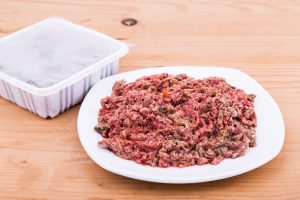 Raw dog food is designed to resemble a mutt’s innate ancestral menu. It has since become quite a fad among dog breeders, thanks to the gains it presents. The oft-mentioned advantages of this form of dog dish are the development of a better coat, enhanced vitality, and improved dental health.
Raw dog food is designed to resemble a mutt’s innate ancestral menu. It has since become quite a fad among dog breeders, thanks to the gains it presents. The oft-mentioned advantages of this form of dog dish are the development of a better coat, enhanced vitality, and improved dental health.

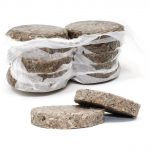
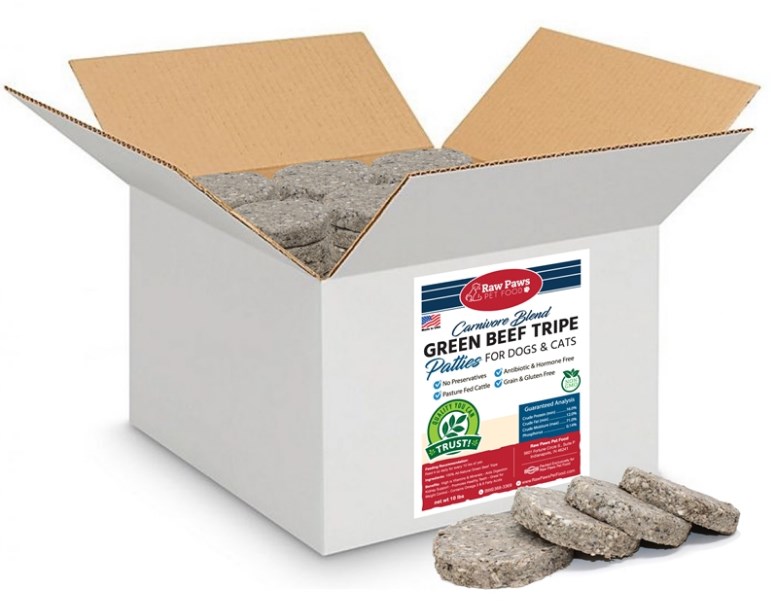
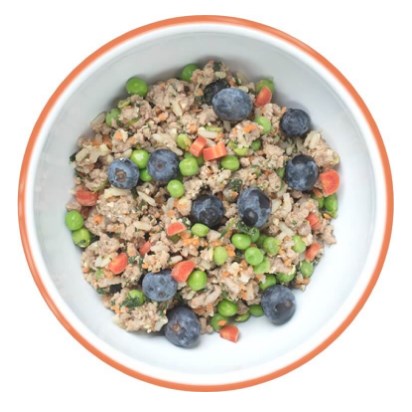
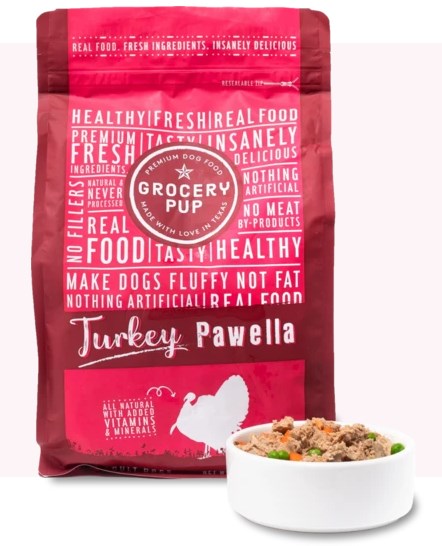

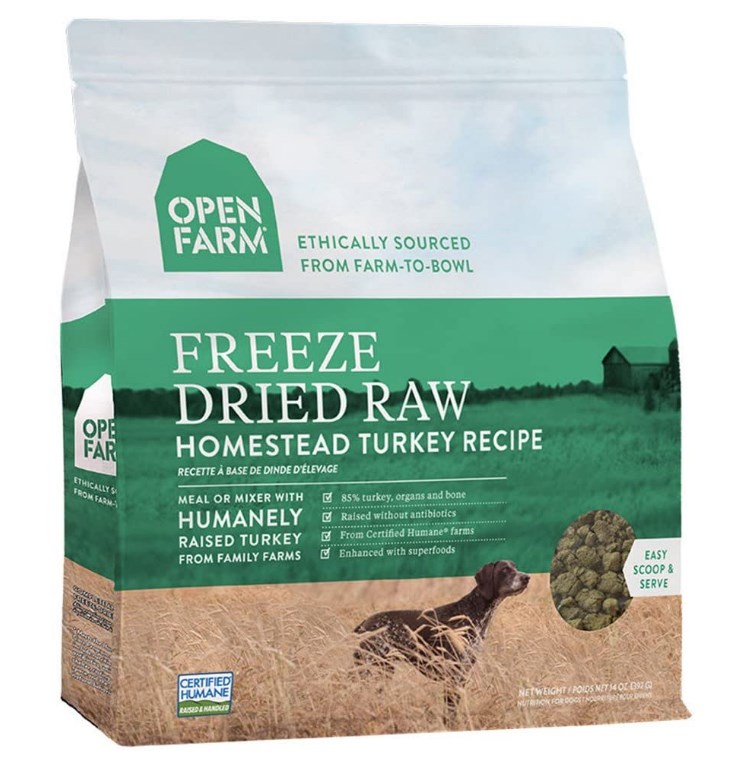
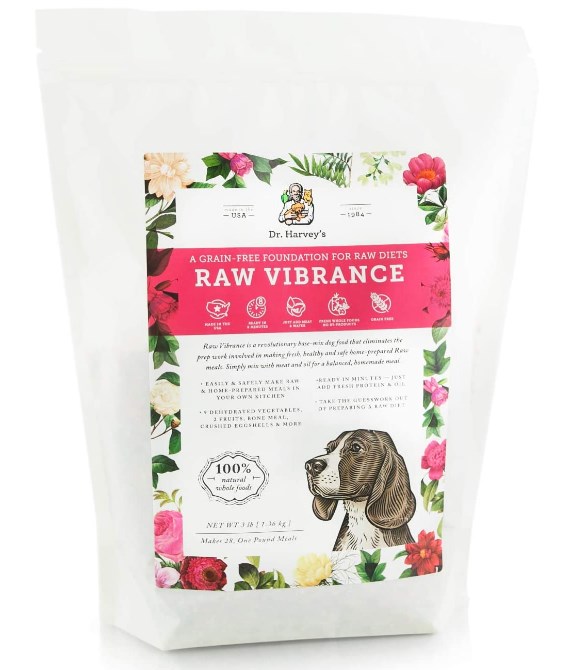
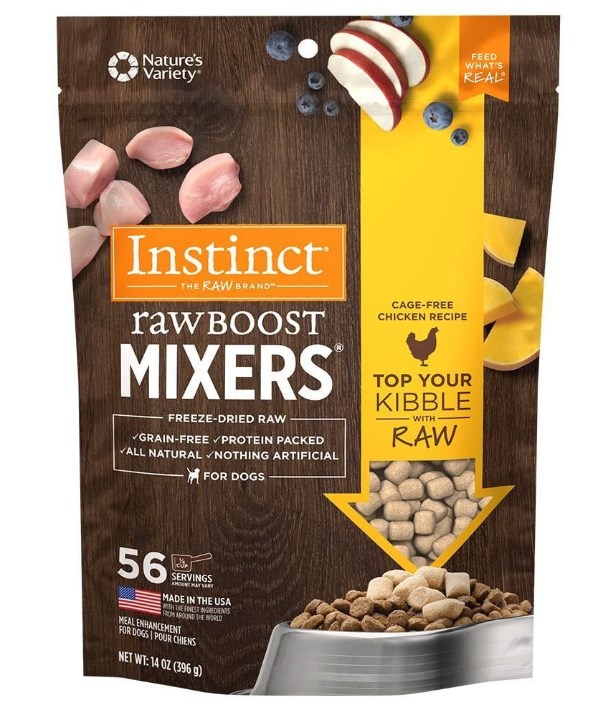
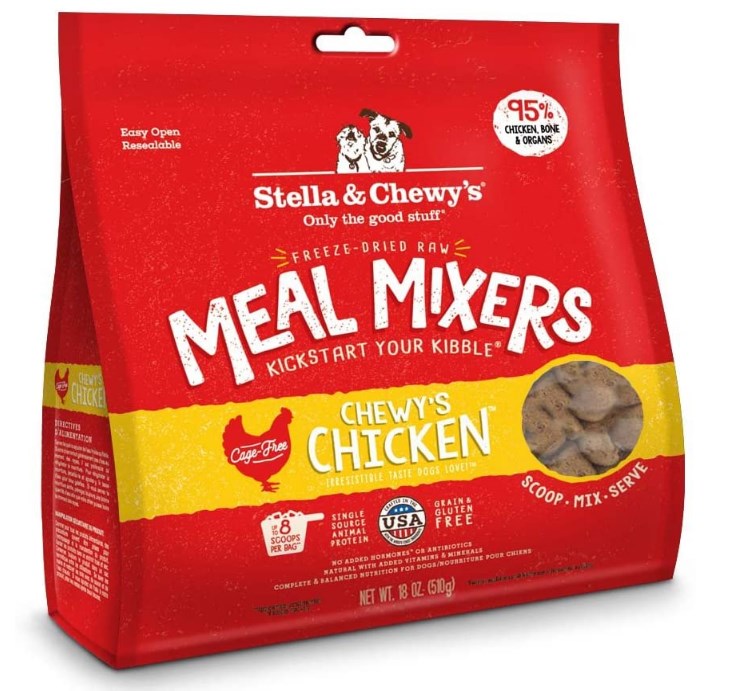
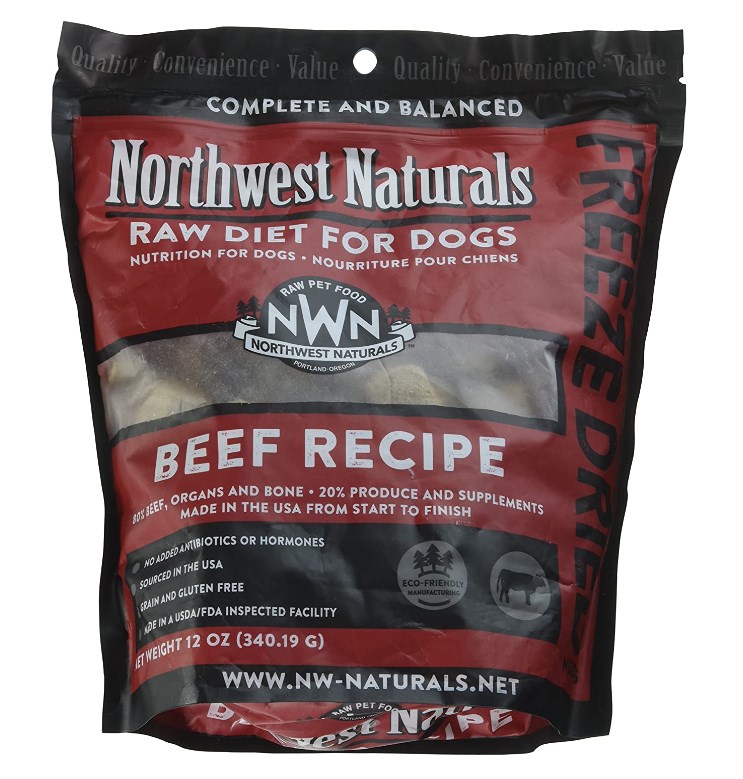
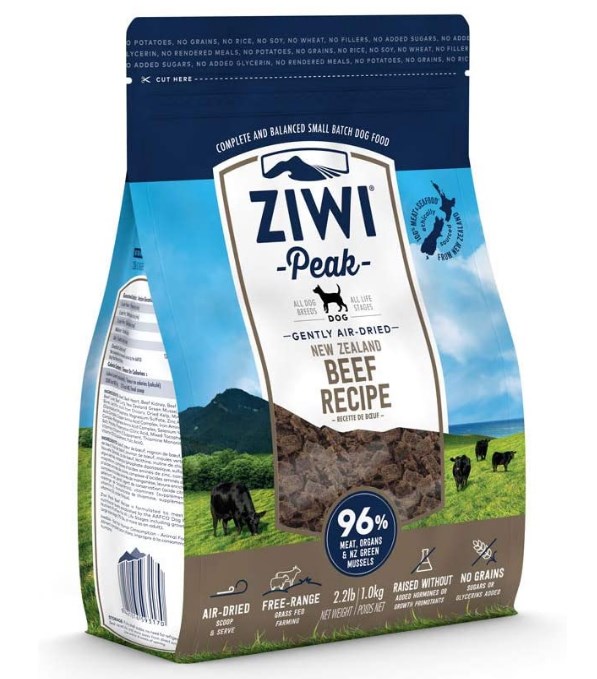
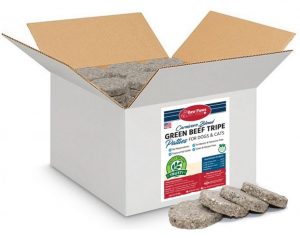
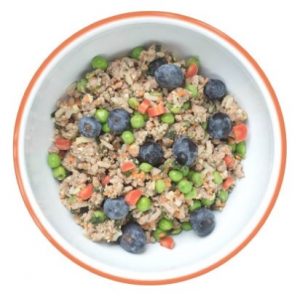
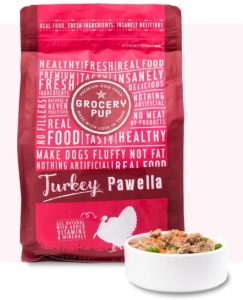
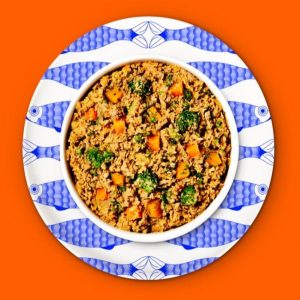
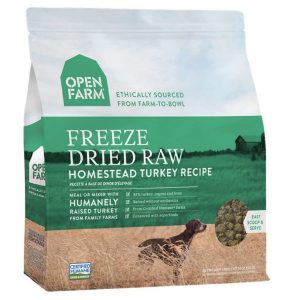
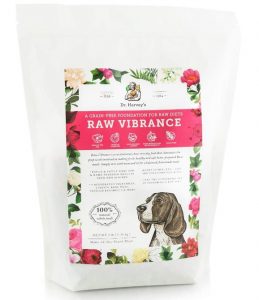
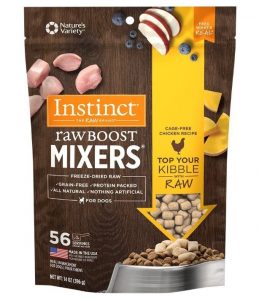
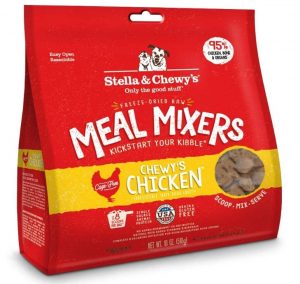
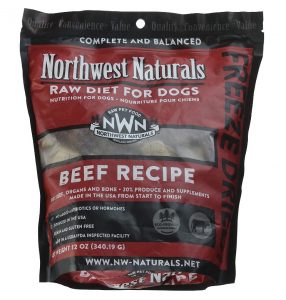

 Raw food that demands less prep time is ideal if you do not wish to deal with meats over an extended duration. Pick ready-to-eat kibble over food that necessitates mixing to spare yourself from lengthy preparations.
Raw food that demands less prep time is ideal if you do not wish to deal with meats over an extended duration. Pick ready-to-eat kibble over food that necessitates mixing to spare yourself from lengthy preparations. Most raw dog food brands contain diverse ingredients. However, most have animal protein as the primary compound. Typical raw mutt food, such as what is reviewed above, contains:
Most raw dog food brands contain diverse ingredients. However, most have animal protein as the primary compound. Typical raw mutt food, such as what is reviewed above, contains:





